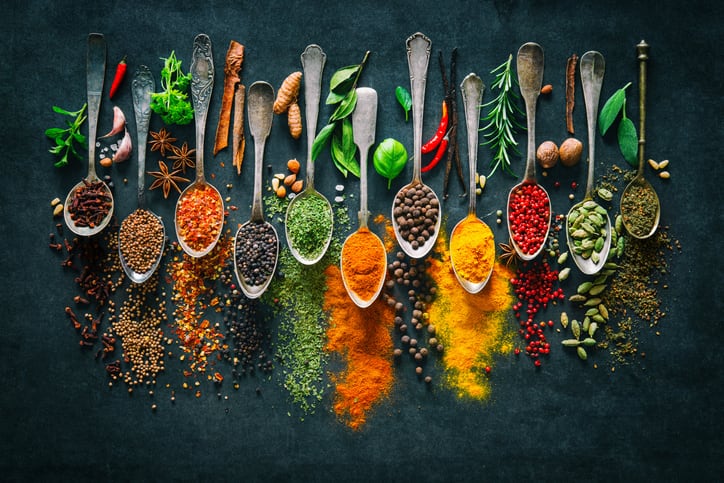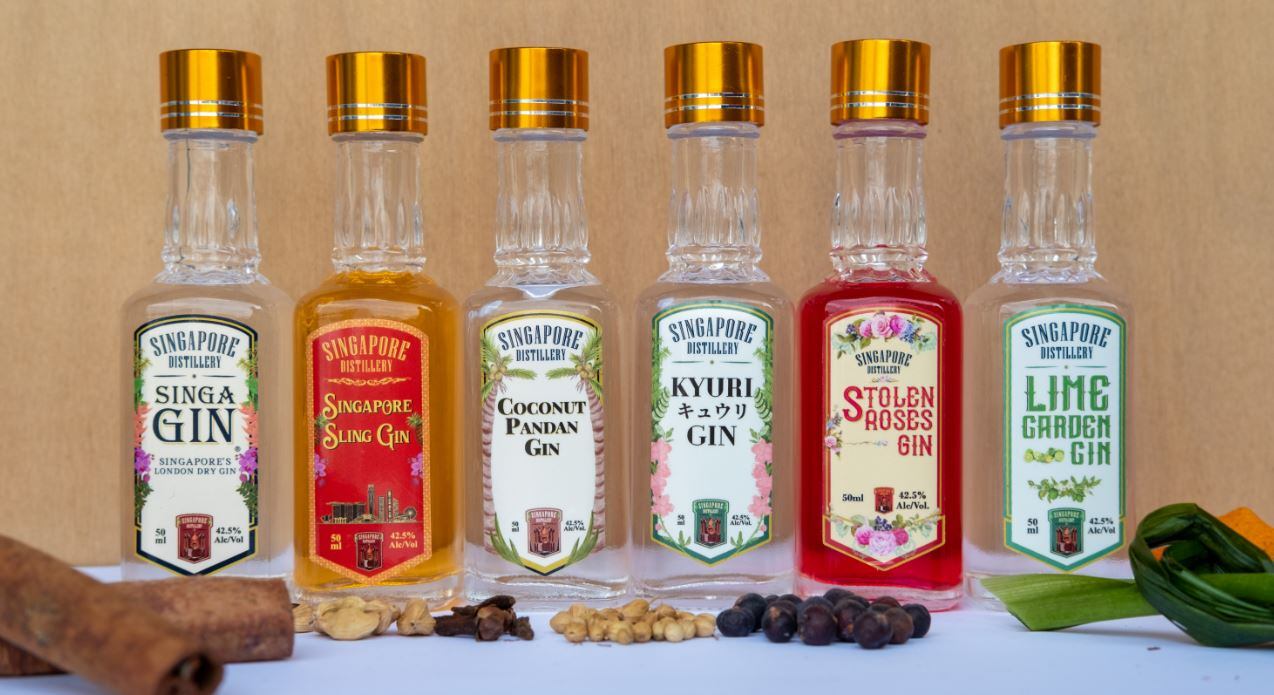John Beman, brand leader of BIOVEA Dassault Systemes’s APAC (South East Asia and ANZ), told FoodNavigator-Asia that health concerns were a key factor for new innovation.
“For instance, we see fermented foods like kimchi getting more popular, and people tend to associate these flavours to healthiness, which in turns leads to rising popularity of the kimchi flavor,” he said.
“Increasing globalisation is also seeing a fusion of foods, as Asian flavours are used in Western foods and vice versa. We see that in kimchi burger, ramen burger etc.”
Flavour creation is a daunting task. While most people know humans have four taste areas (sweet, sour, salty and bitter), there is a fifth taste called umami. Taste in individuals is complicated, making creating new flavours even more challenging.
In terms of individual flavours, Beman said umami-associated flavours are trending around the world, where Asian flavours such as tom yum, seaweed, chicken rice, chilli crab, palm sugar, kimchi, miso, sweet basil, Sichuan peppers are appearing in more regional and international foods such as popcorn and chips.
Beman was quick to add: “The actual flavours are not changing, it’s the way they are being used that’s changing. For instance, ramen is a soupy dish in Japan and many Asian countries, but ramen can be found as a burger now.
“The trend now is using a traditional recipe in a different formulation for a different market, while making it sound healthy.”
Watch Beman share more about flavour trends in Asia.
Data is the future
According to Beman, machine learning is the future of flavours, from predicting and creating new flavours to reducing both speed to market and costs.
Beman gave an example of Kit Kat, which produces more than 200 flavour variations in Japan. Among which, some of these are seasonal flavours and have a shorter turnaround time for the R&D team.
A product developer typically starts with a base formula and works on it, with hundreds or thousands of tests before a formulation is finalised. With machine learning, this process is cut short.
“Machine learning can help predict the next trending flavour combination, predict the outcomes, narrow down the possibilities and speeds up the innovation cycle,” Beman said.
He said using machine learning can not only accelerate the time to market, but also help the company discover flavours or combinations they never considered.
For instance, he recalled a truffle-infused hot sauce brand based in the US.
“Nobody would think of doing that, mixing hot sauce with a premium ingredient truffle,” he said.
Meanwhile flavour and fragrance giant Firmenich recently created a beef flavour using artificial intelligence.
And McCormick created an AI system to create new seasoning mixes under its McCormick One line.
“Machine learning allows you to investigate any flavour, trial it, before testing it in a real product. It gives you the speed, innovation and reduce cost and cycle.”
BIOVIA Dassault Systèmes works with Asian companies in the noodles, brewery, and soft drink industries for flavour development. Find out more here.




